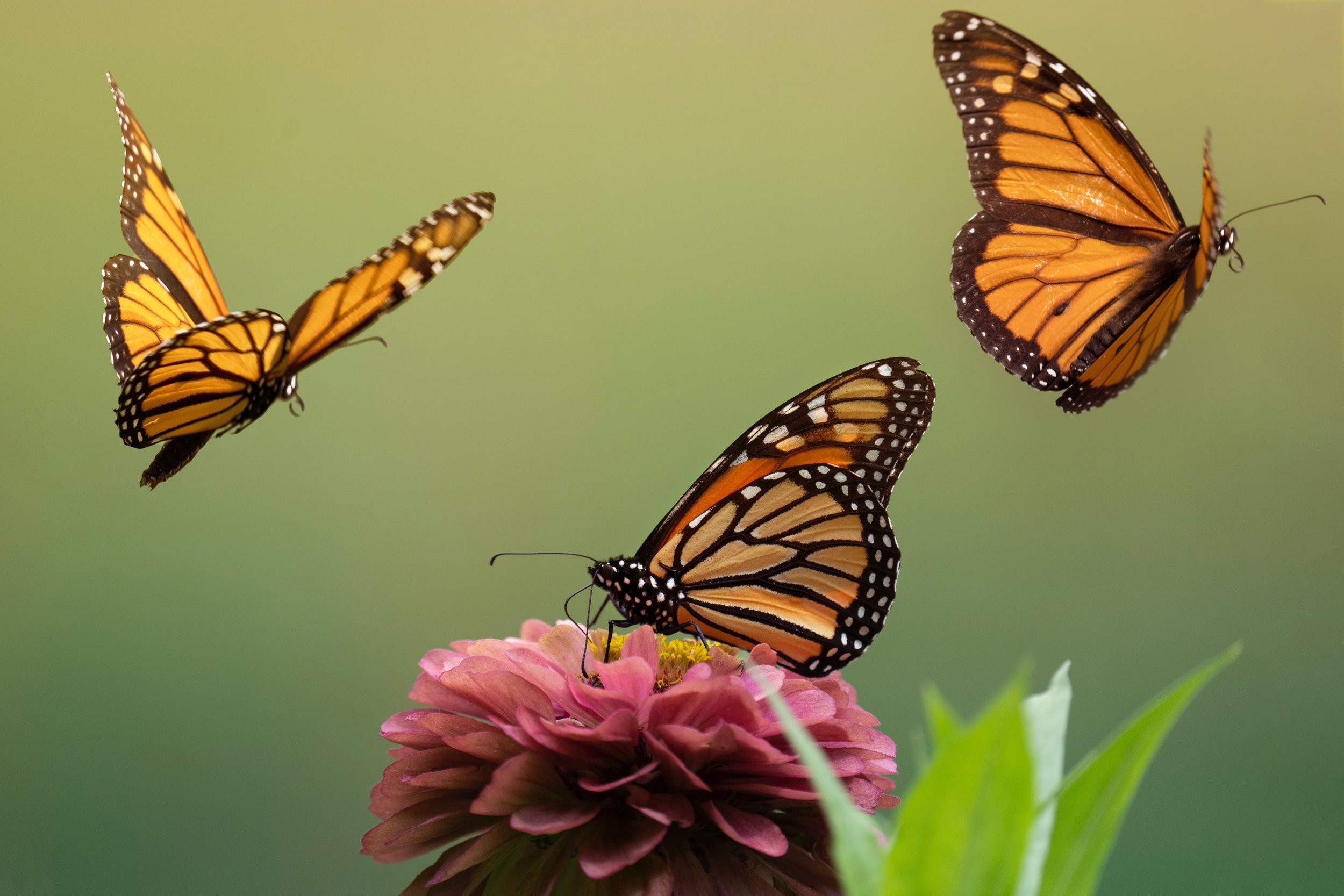
Monarch Butterflies
CropLife America’s Position
“CropLife America values the protection of threatened and endangered species and the vital role they play in our ecosystems. Farmers are dedicated stewards of the land who have long upheld a commitment to sustainable practices that support biodiversity and the preservation of natural resources for future generations. That’s why over the last decade, CropLife America and its members have partnered with government, farmers, and other conservation stakeholders to increase forage and habitat for the monarch butterfly over thousands of acres throughout its U.S. range. We believe in a multifaceted approach to helping ensure the vitality of the monarch butterfly, which includes only applying pesticides on crops when and where they are necessary and in the smallest amounts possible. This targeted pest management approach, combined with conservation activities, supports the monarch butterfly and promotes biodiversity on our land.”
The Issue
The North American migratory populations of monarch butterflies (Danaus plexippus) are beautiful, iconic creatures and are considered incidental pollinators. Monarch butterfly migrating populations are highly variable, but trends show general decline in the number in of monarchs overwintering in Mexico, while non-migrating populations appear stable. The primary drivers affecting the health of the two North American migratory populations are changes in breeding, migratory, and overwintering habitat (due to conversion of grasslands to agriculture, urban development, logging/thinning at overwintering sites in Mexico, unsuitable management of overwintering groves in California, and drought), continued use of herbicides and exposure to insecticides, and effects of climate change.
Both agriculture and biodiversity depend on all pollinators, and both intersect and interact in complementary ways. Farmers help protect and preserve the monarch by planting pollinator habitat and using pesticides only when and where needed. One of the leading research groups from Iowa State University is investigating the potential risk of pesticides to monarch populations. Their research has focused on the monarch butterfly in agricultural settings and has directly informed policy and mitigation options relative to potential pesticide exposure to monarchs.
Pollinator forage and habitat establishment, which includes initiatives by Farmers for Monarchs, has been an ongoing effort by numerous non-governmental organizations (NGOs) and supported by some pesticide registrants. This type of work, along with other initiatives supported by both NGOs and pesticide registrants, not only help pollinators, but also contributes to the overall goal of increasing biodiversity in the landscape.
Under the Endangered Species Act (ESA), the U.S. monarch butterfly population is not currently listed as either threatened or endangered but is included during ESA Section 7 consultations as a candidate for listing, with an expected final ruling this year.
What are experts saying?
“The depth of this decline is beyond our experience, and the implications for the future of the monarch migration are surely of concern. This count does not signal the end of the eastern monarch migration. Monarch numbers are at a near all-time low because of drought conditions last fall that extended from Oklahoma deep into central Mexico. Droughts reduce flowering and therefore nectar production, and monarchs need the sugars in nectar to fuel the migration and to develop the fat reserves that get them through the winter. The numbers have been low many times in the past and have recovered, and they will again. To recover, monarchs will need an abundance of milkweeds and nectar sources. We need to get more milkweed and nectar plants in the ground, and we all need to contribute to this effort.”
— Orley “Chip” Taylor, Founding Director, Monarch Watch
Resources
-
CLA Member Company
To support milkweed and preserve biodiversity, BASF introduced the Living Acres Monarch Challenge initiative in 2015. The #MonarchChallenge provides farmers with practical best practices for growing and maintaining milkweed plants on land not reserved for crops, in play areas of golf courses and other agricultural areas. Since the program’s introduction, BASF has provided more than 110,000 milkweed plants across 39 states, created or expanded habitat to more than 100 golf course partners, and created habitat at more than 30 BASF locations. More than 5,000 farmers have learned about the #MonarchChallenge and their role in protecting biodiversity, inspiring increasing numbers of farmers to plant milkweed patches that preserve the monarch butterfly species.
-
CLA Member Company
Bayer is collaborating with conservation groups, academic experts, farmers and government agencies across North America to enhance habitat for honey bees, monarch butterflies and other pollinators by finding meaningful and proactive ways to help all pollinators thrive. Through these partnerships, Bayer aims have a larger impact with on-the-ground habitat projects and more efficiently move the conservation needle. Learn more about how Bayer and their partners are achieving more together here: Biodiversity In the Community | Bayer United States
-
CLA Member Company
As part of Corteva’s ongoing commitment to sustainability, by 2030 we pledge to support biodiversity and outcomes aligned to regenerative agriculture on 25 million acres in biomes where we work and sell our agricultural products. This includes supporting pollinators and beneficial plant species beyond traditional agricultural crops, because we know that globally, 35% of food production benefits from pollinators that require certain environmental conditions to flourish. Also, our healthy habitat initiatives help reduce soil erosion, contribute to cleaner water, and play an important role balancing nutrients like carbon and nitrogen in our environment.
Corteva has partnered with leading conservation non-profits such as Pheasants Forever and Quail Forever to improve plant and wildlife biodiversity on approximately 5 million acres located across the estimated 35 million acres of transportation rights-of-way and energy corridors in the U.S.
The Corteva Grows Pollinator Habitat Program supports monarch butterfly and pollinator habitat at 38 Corteva sites in 19 states across the US which equates to about 100 acres of new habitat. Through our partnerships with National 4-H, Pheasants Forever and Quail Forever, we engage youth across the US to help them learn about the important role pollinators play in the environment and provide opportunities for them to help diversify the landscape and plant beneficial pollinator habitat. What’s more, the Corteva Global Headquarters campus in Indianapolis, Indiana, is host to eight bee colonies. The honey produced (300 bottles in 2023) joins the bee-pollinated fruits and vegetables from the site’s employee-volunteer-run garden that is dedicated to supporting local food pantries with free, fresh produce.
Corteva continues to partner with state, regional and national organizations focused on improving habitat for pollinators through a diverse set of initiatives. Some of these organizations include the Honey Bee Health Coalition, Farmers for Monarchs, the Iowa Monarch Conservation Consortium, the Bee and Butterfly Habitat Fund and Monarch Joint Venture. We continue to seek partnerships that complement these efforts and diversify our reach at both in the U.S. and abroad.
-
CLA Member Company
• Started in 2000, Operation Pollinator is a research-based program that utilizes selected wildflowers to attract a variety of pollinators and beneficial insects to increase biodiversity of pollinators, insects, birds and small mammals. Participants include farmers, golf course superintendents and land managers. Independent monitoring has shown that habitat creation for pollinators increased with bumblebees 6-fold; butterflies 12-fold; and beneficial insects by 10-fold within three years. So far, more than 8 million hectares of farmland in 41 countries worldwide have benefited from enhanced biodiversity through this initiative.
• Through an ongoing partnership, Syngenta’s Operation Pollinator initiative has spurred R.D. Offutt Farms (RDO), a family-owned and operated potato farm North Dakota, to plant more than 600 acres of pollinator habitat in the corners of potato fields where pivot irrigation systems don’t reach. The University of Minnesota has conducted research studies on RDO habitats, and found that when well established, plantings conserve pollinator populations and show promise as a method of ecological intensification. In fact, RDO announced in 2021 the planting of an additional 200 acres of pollinator habitat with native seed mixes created for Minnesota’s climate.
-
Collaborate with the Bee and Butterfly Habitat Fund to provide pollinator seed and habitat establishment support free or at reduced cost to landowners with >2 acres of need and located in the Upper Midwest. Accomplished to-date:
Projects: 457
Acres of habitat established: 4,400
Milkweed seeds planted: 17M
The Growing Matters Be Sure campaign consists of pesticide registrants BASF, Bayer, Mitsui Chemicals Agro, Valent U.S.A., Corteva, Gowan, and PBI Gordon. The campaign helps to increase grower and applicator awareness of best management practices and provides information on when handling and planting seeds or when making foliar applications.
Work with HabiTally to develop an app to give farmers, ranchers, landowners, and private citizens an easy-to-use tool to record data about their habitat conservation efforts.
Accomplished to-date: Documented 738 additional acres of pollinator habitat including 27,330 milkweed stems.
Works with Missourians for Monarchs and the Iowa Monarch Conservation Consortium to advocate for monarch and pollinator conservation in the Midwest.
Supports Monarch Joint Venture’s California Working Lands Free Seed Program, recognizing agricultural stakeholders as key partners to reach monarch habitat goals on private working lands in California’s Central Valley.
Accomplished to-date: 125 acres of restored and 440 acres of enhanced pollinator habitat in the first two years of the program.Collaborate with Monarch Watch on the production of milkweed plugs provided to school/education project and restoration projects through an application process.
Accomplished to-date:
600K milkweed plugs produced and distributed.
Works to protect, conserve, and increase habitat for the monarch butterfly and other pollinators through partnerships on the National Fish and Wildlife Foundation Monarch Butterfly and Pollinators Conservation Fund.
Accomplished to-date: Total Projects: 123
Acres restored or enhanced: 352,800
Pounds of milkweed seeds collected: 3,000
Native milkweed seedlings propagated: 1.1M
Workshops or meetings hosted: 1,600
Partner with the North Carolina Pollinator Conservation Alliance to represent more than 20 conservation organizations, including state and federal government, non-governmental organizations, and private entities to support the health and diversity of pollinators in North Carolina through protection, restoration, and creation of pollinator habitat.
Partnership with Project Apis M. "Seeds for Bees" on the planting of cover crops to increase the density, diversity, and duration of bee forage in California orchards, farms, and vineyards, while improving soil health.
Accomplished to-date:
Participants: 1,470
Cover Crop Acres; Established: 63,000


